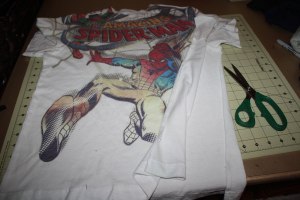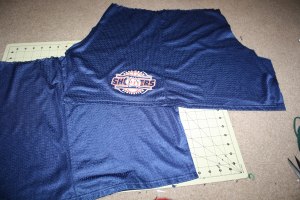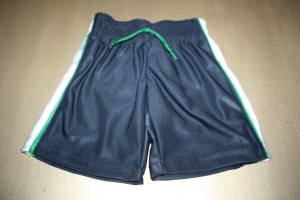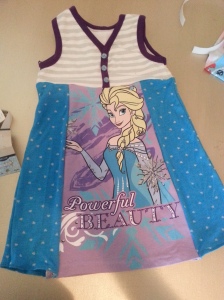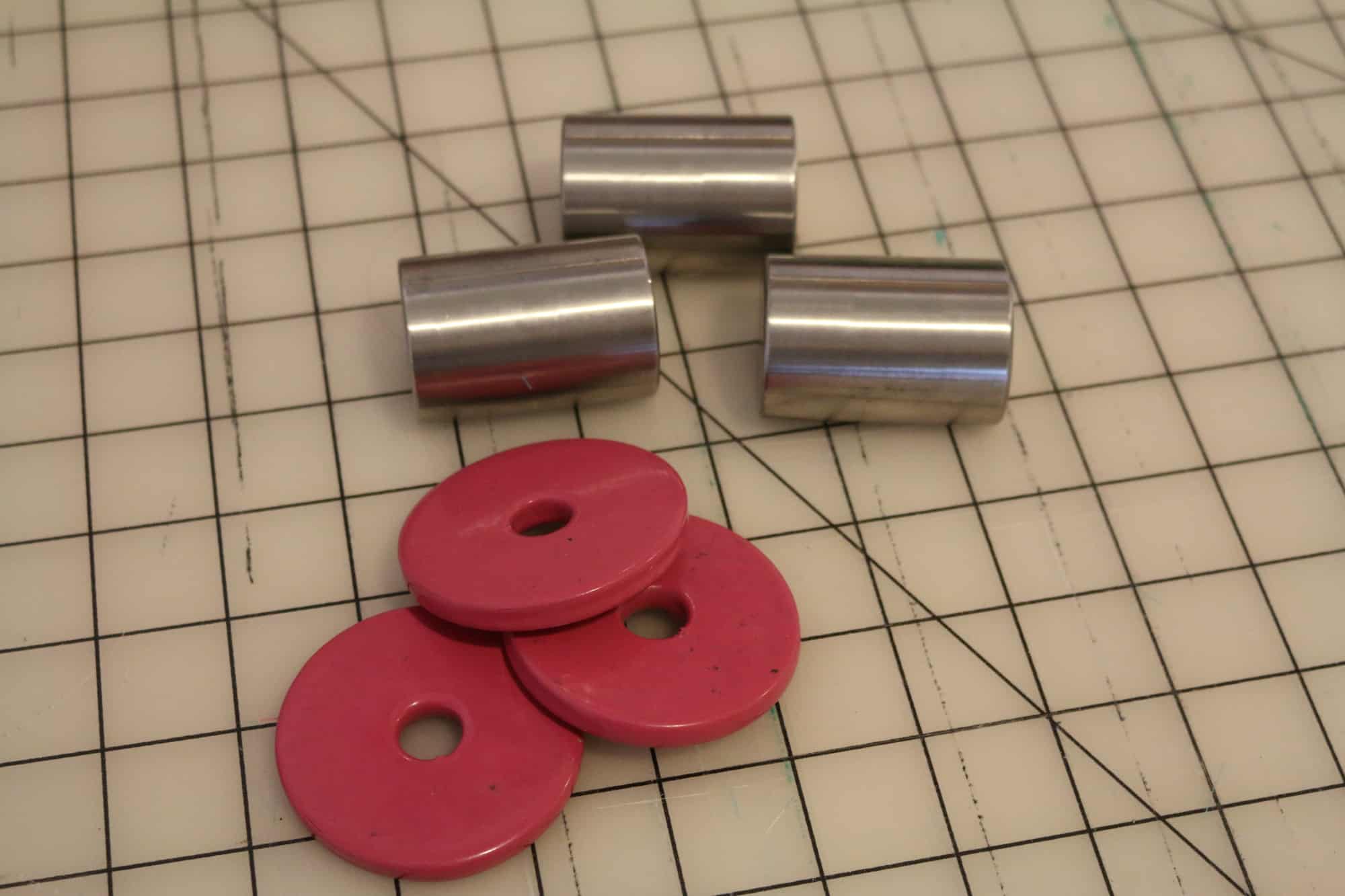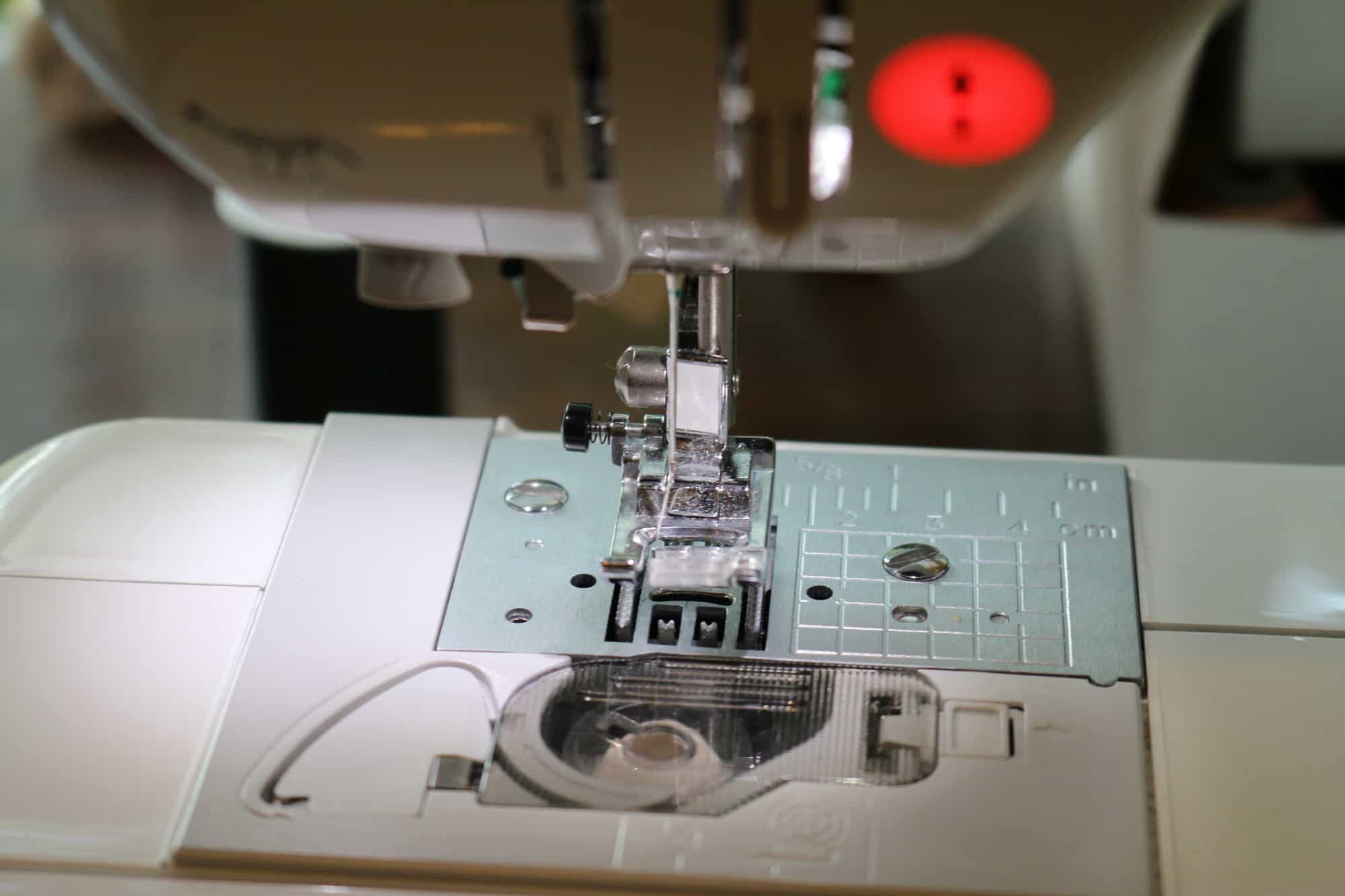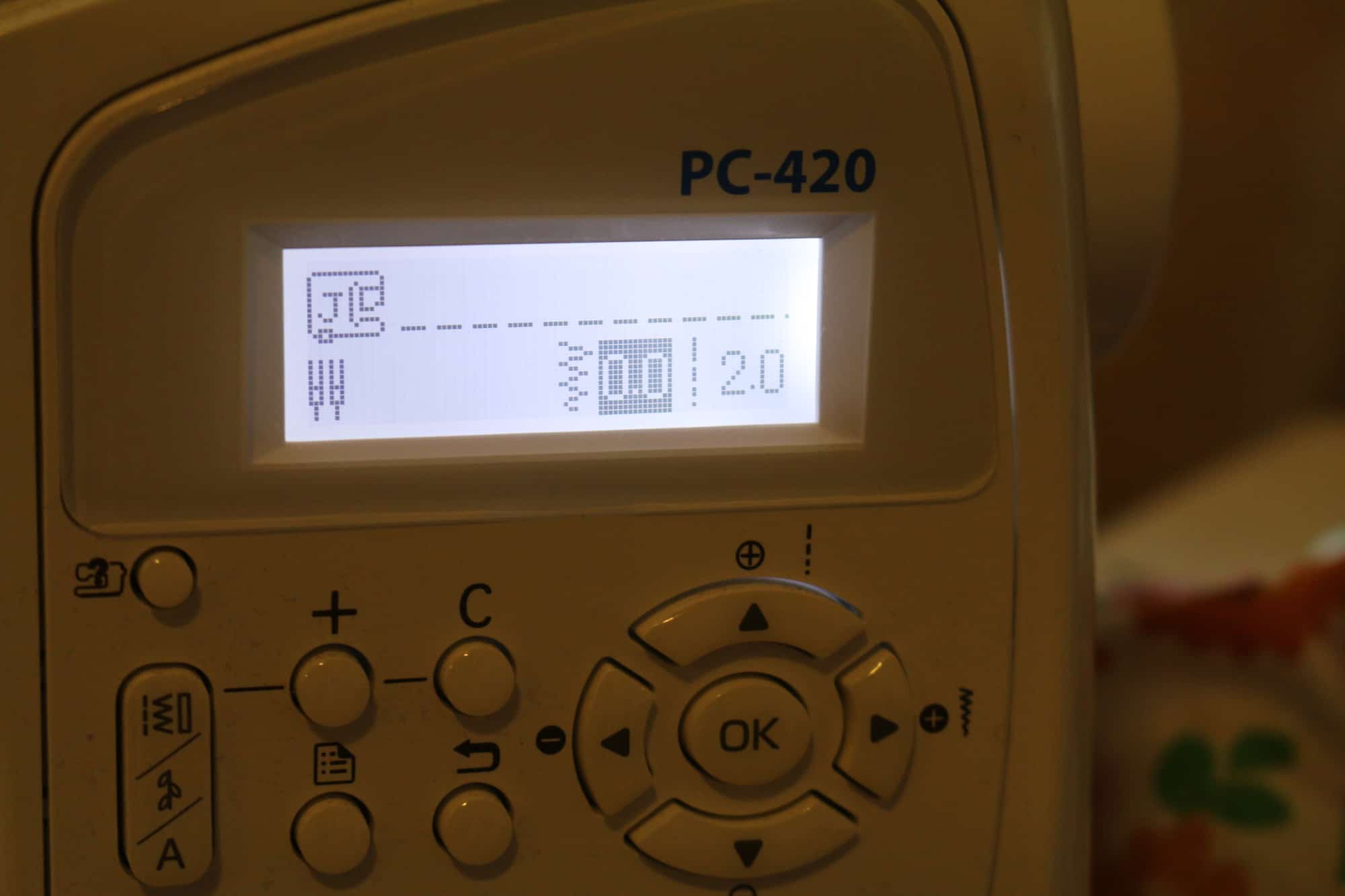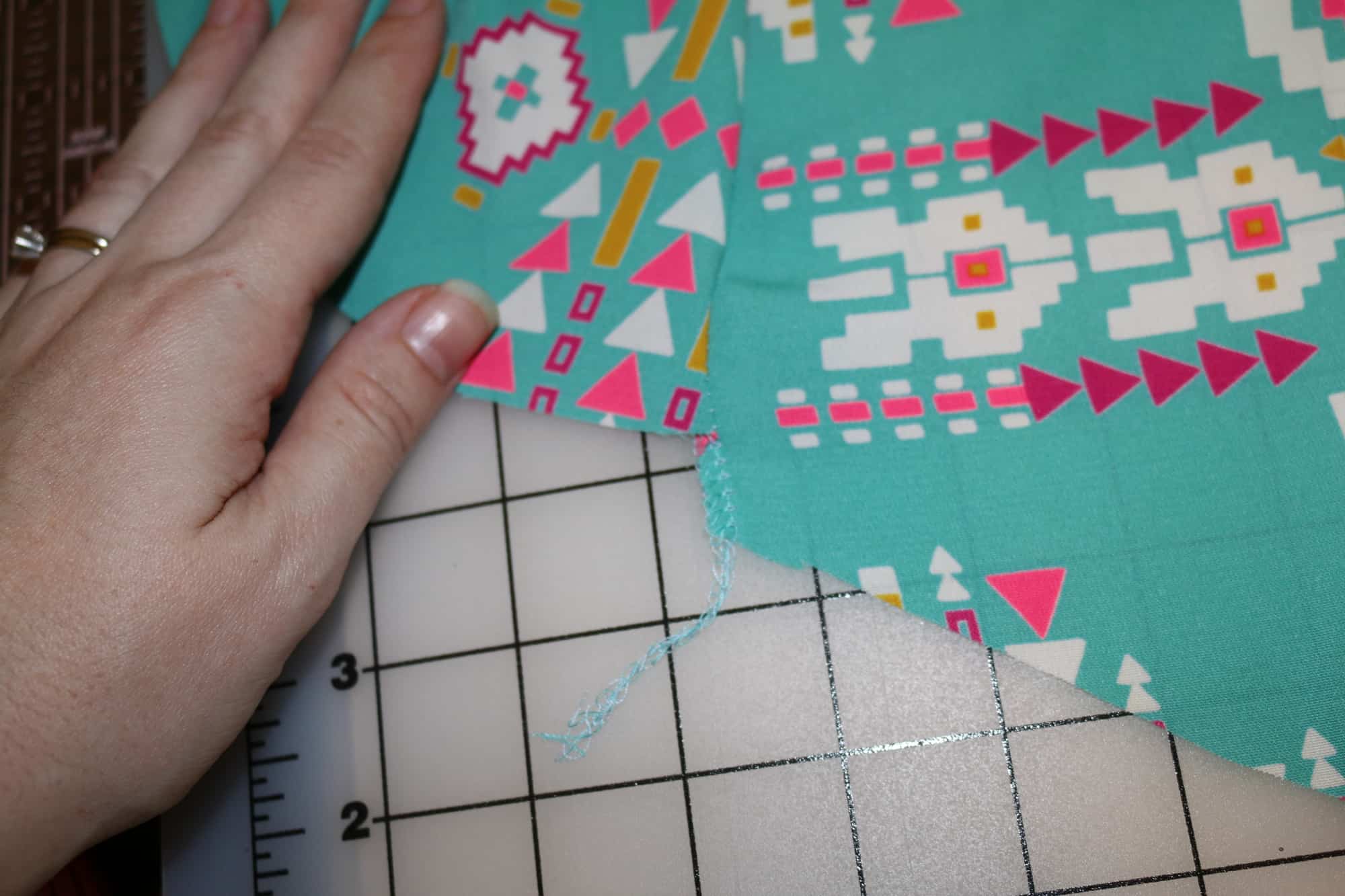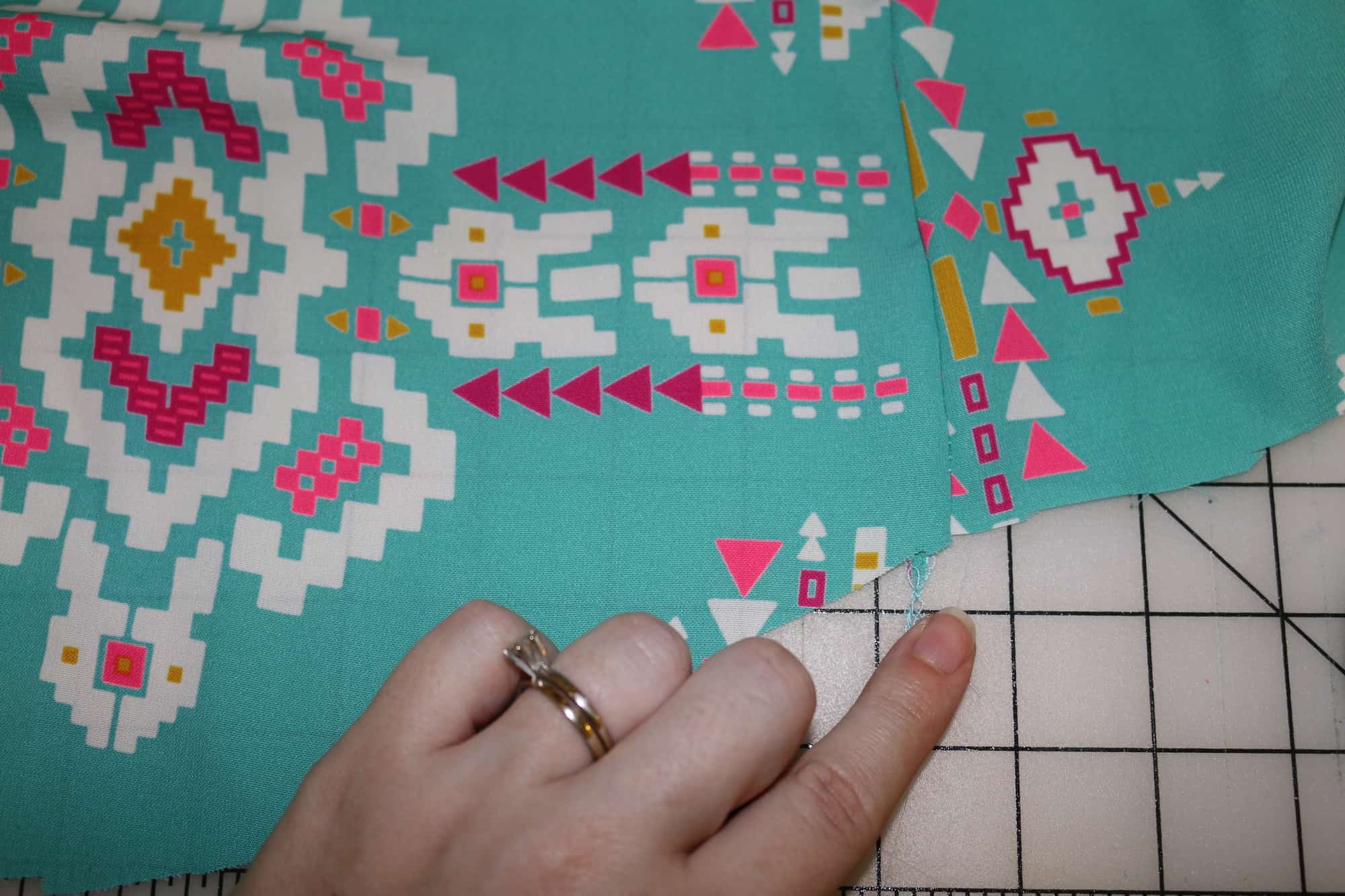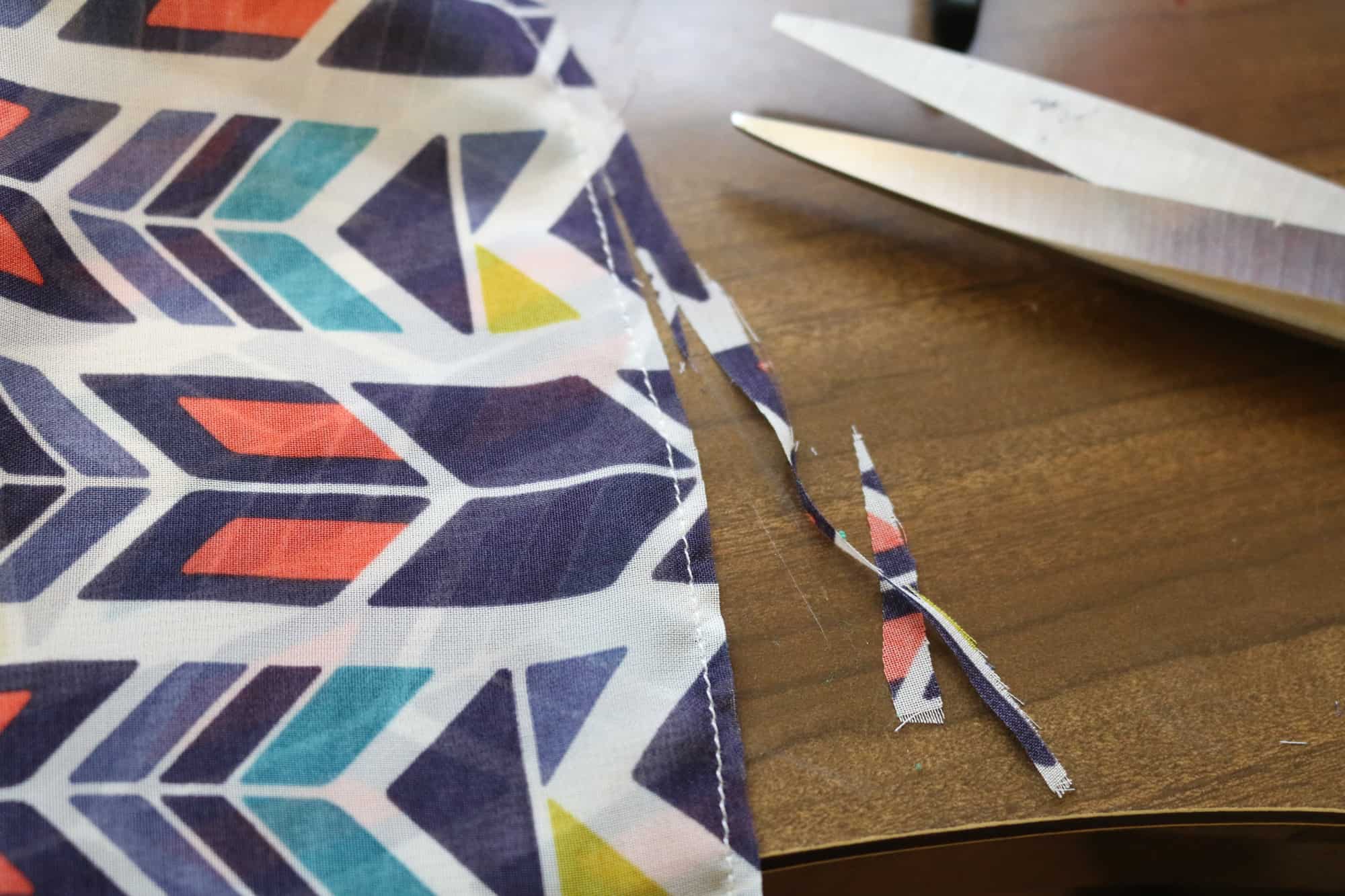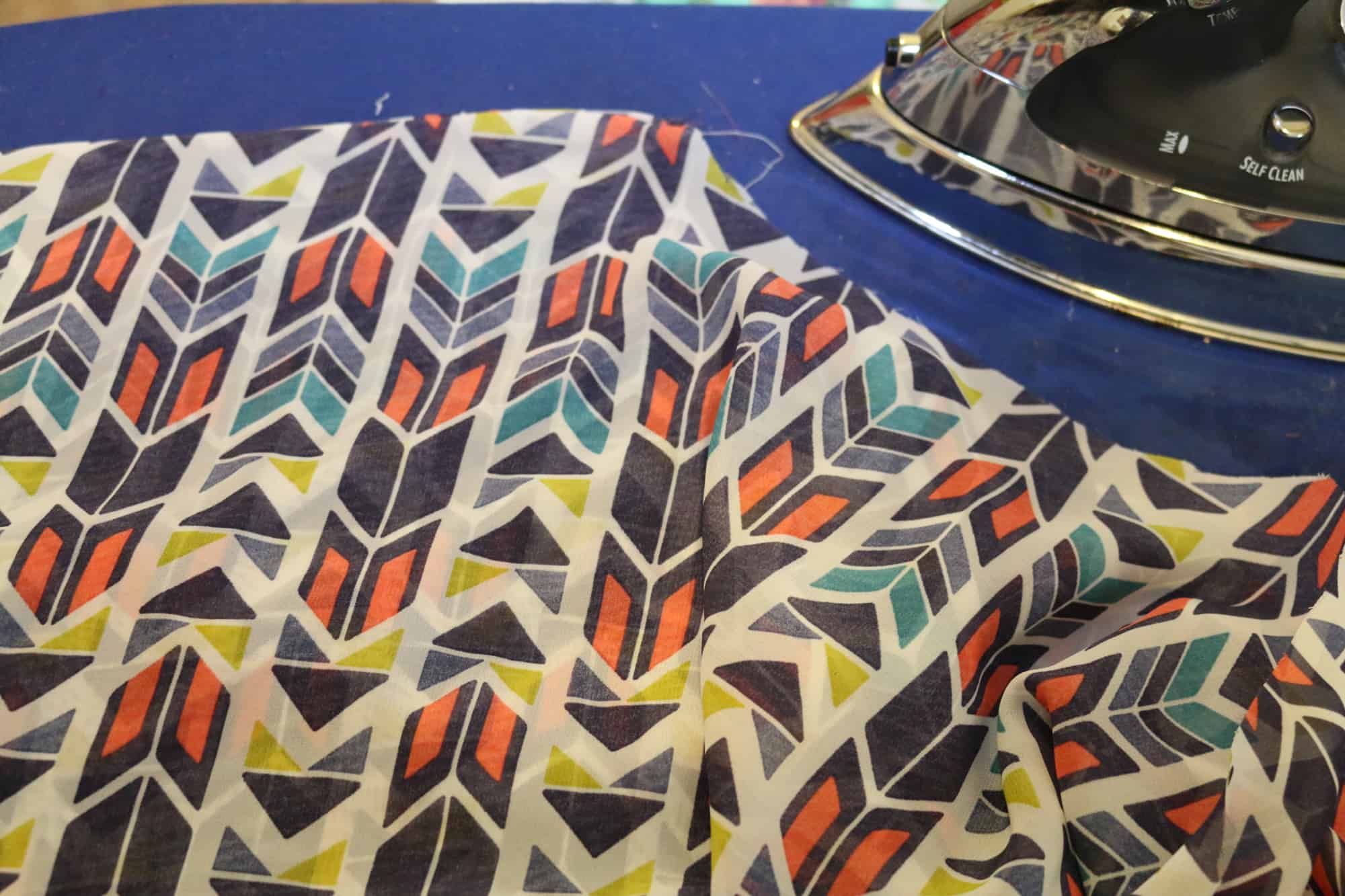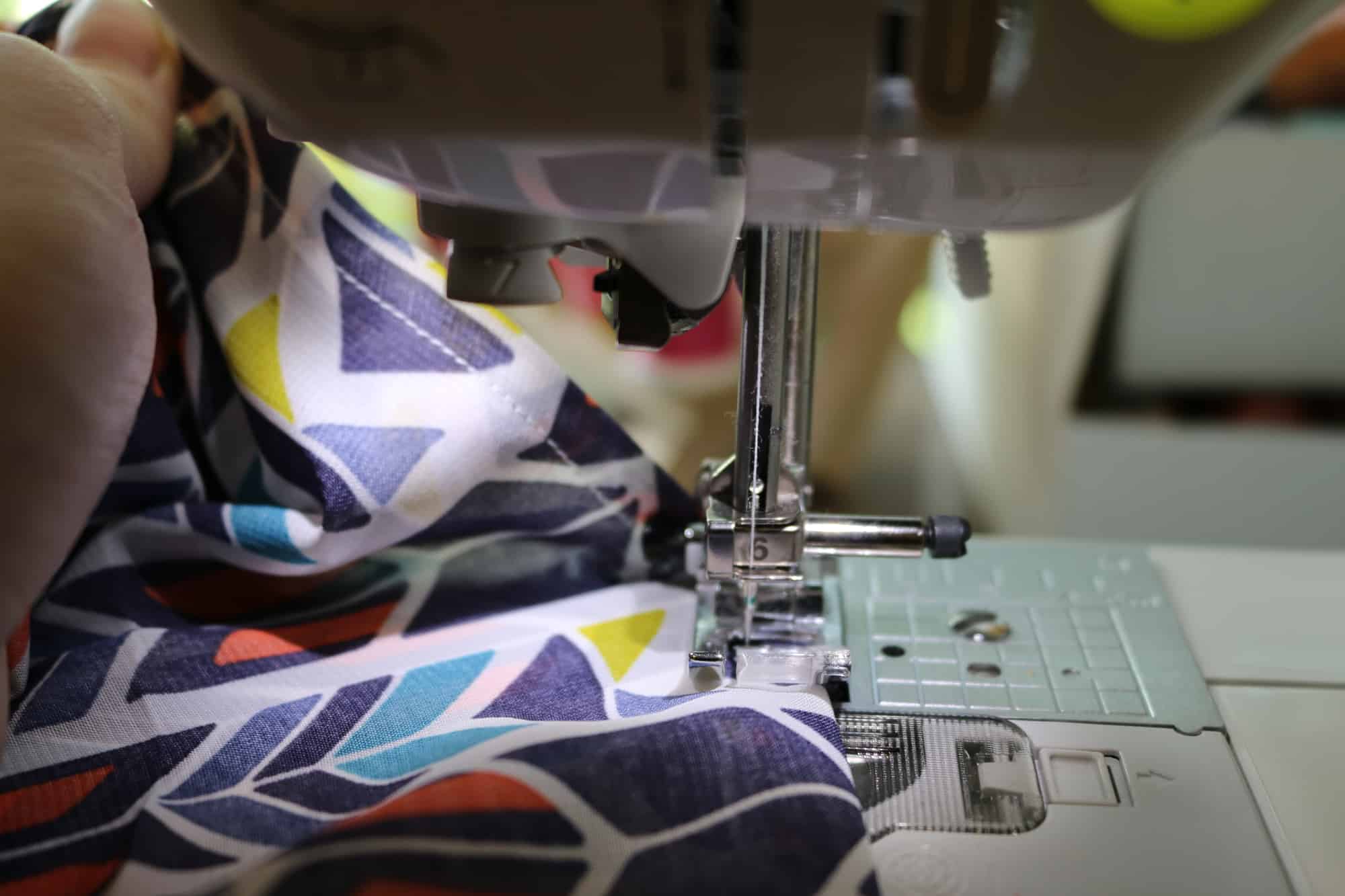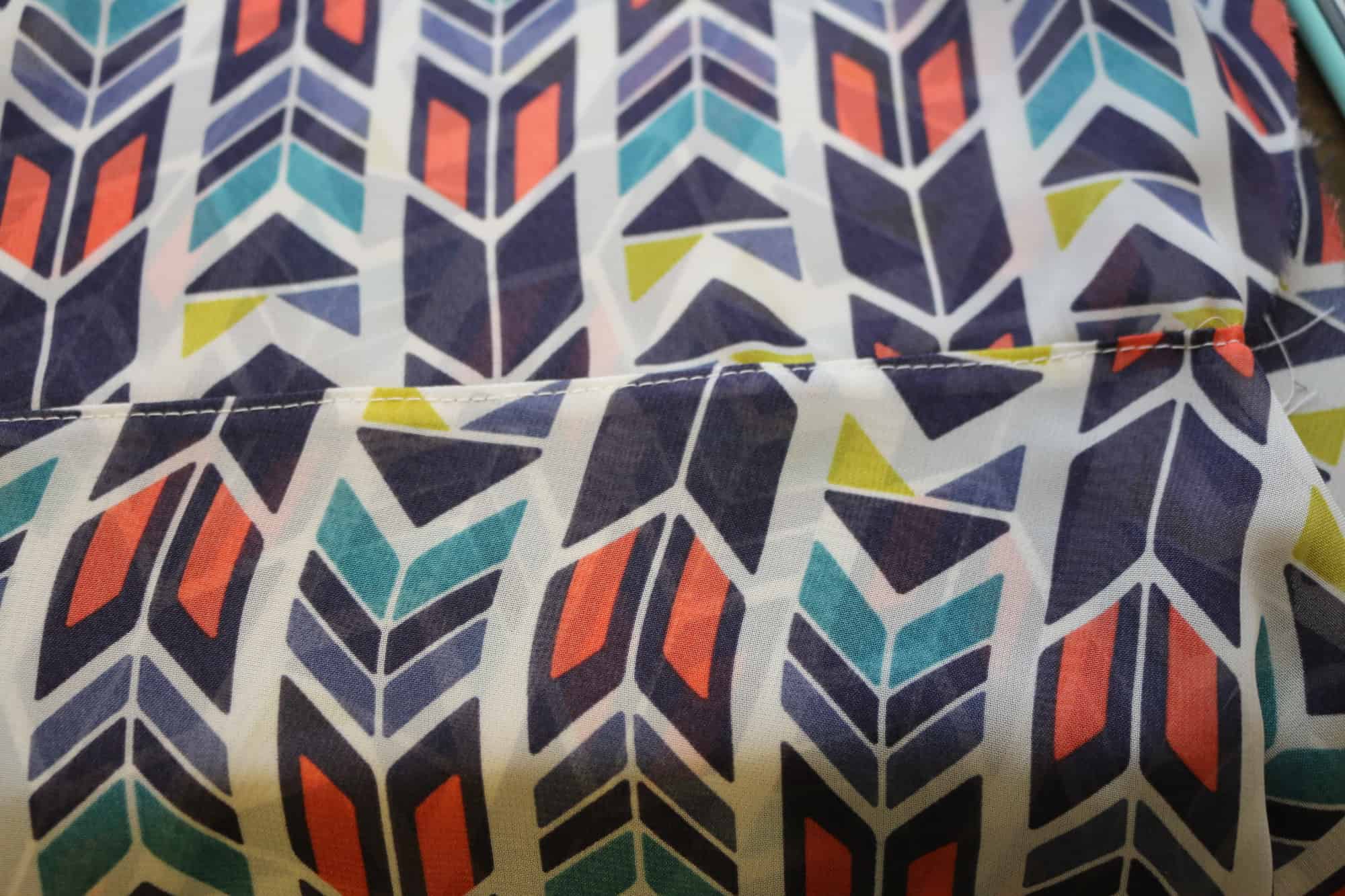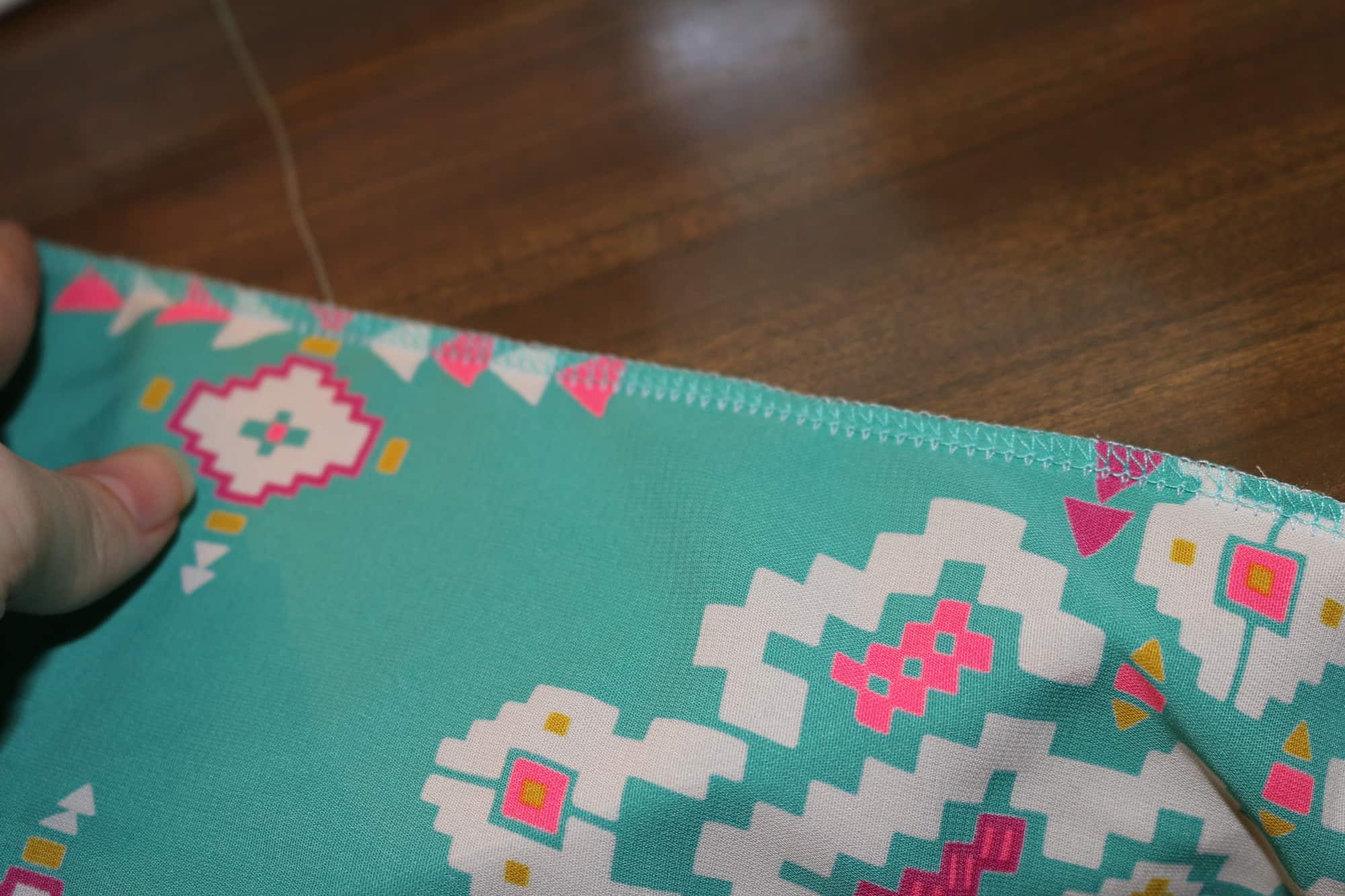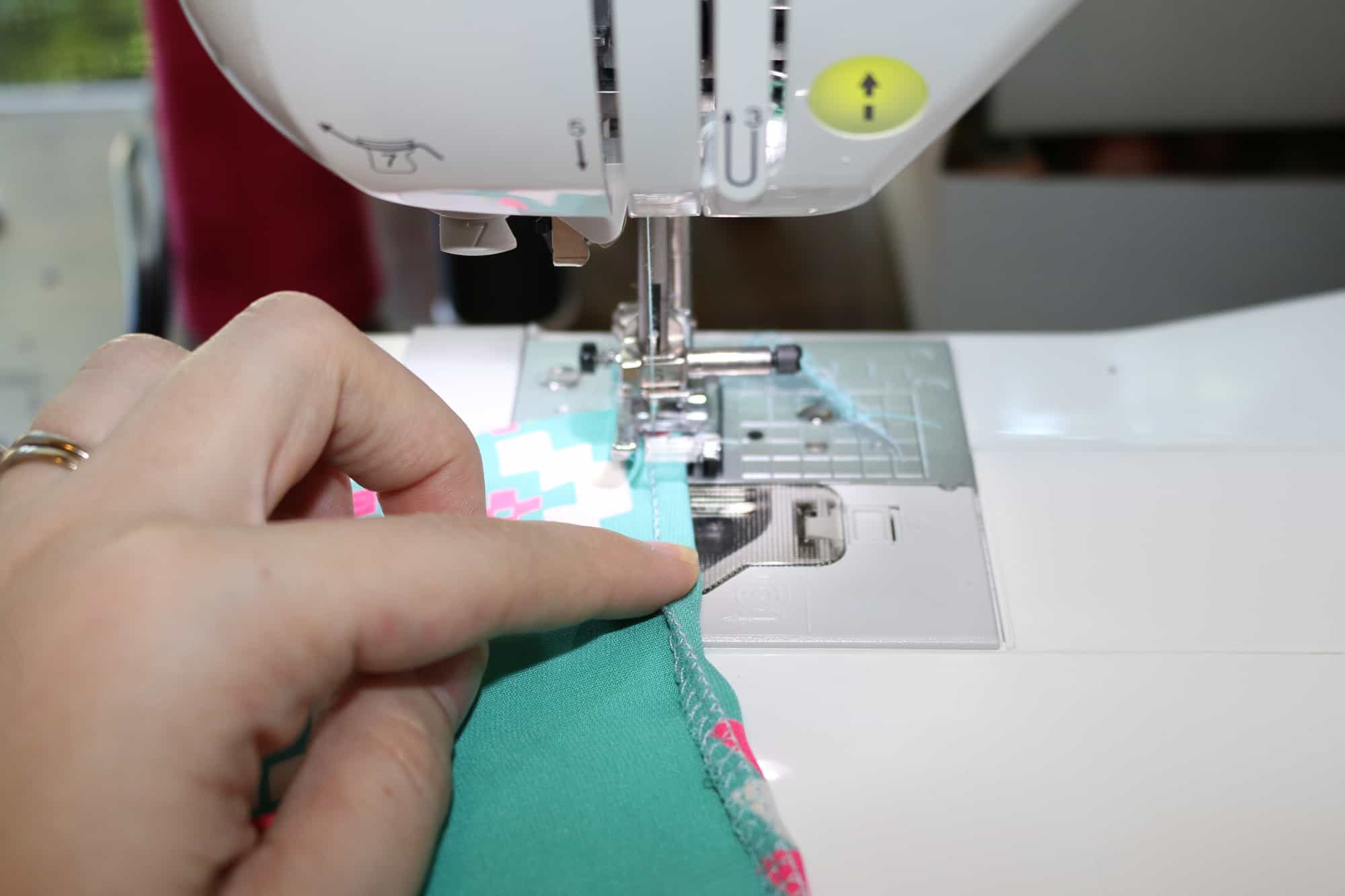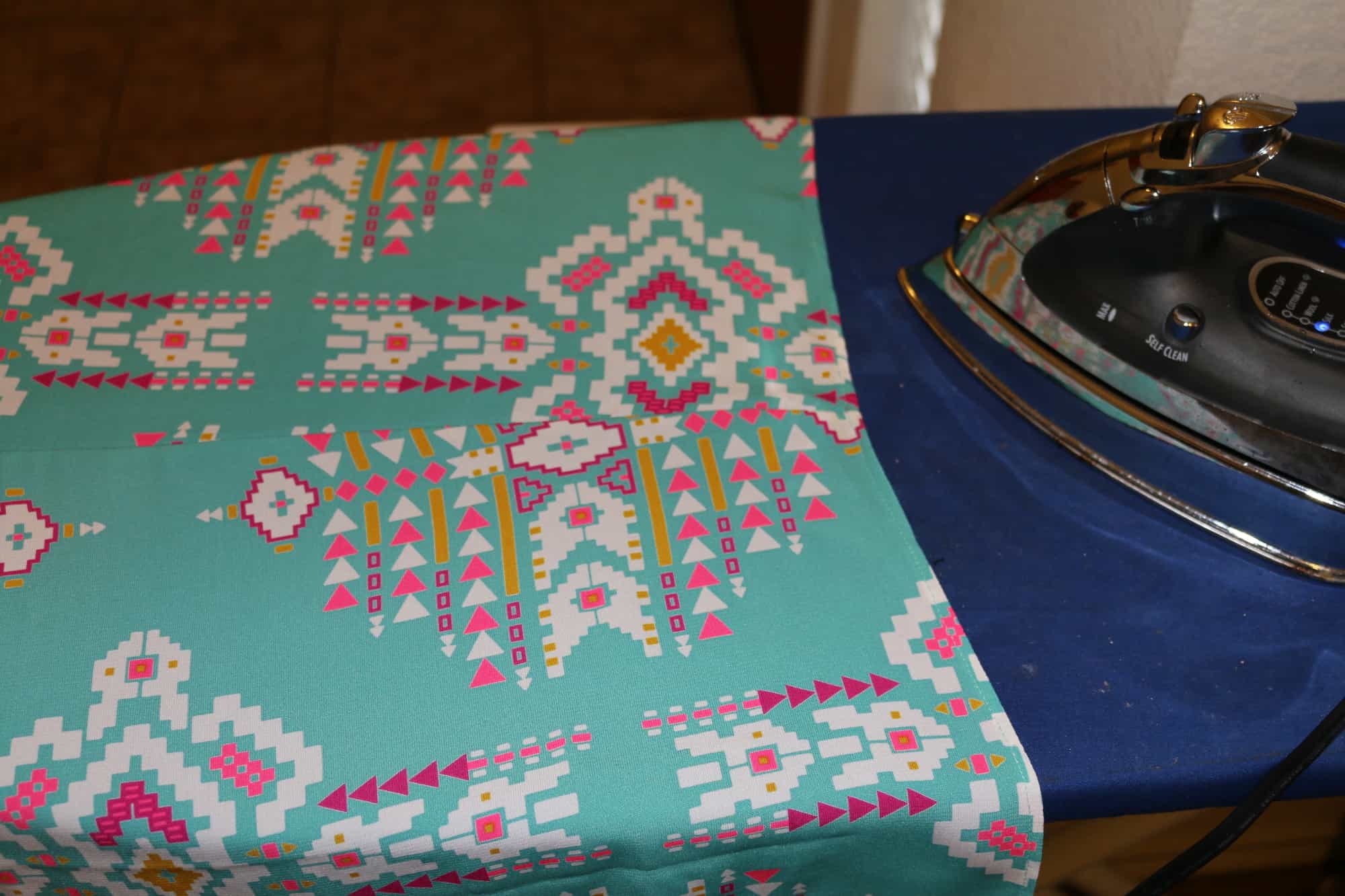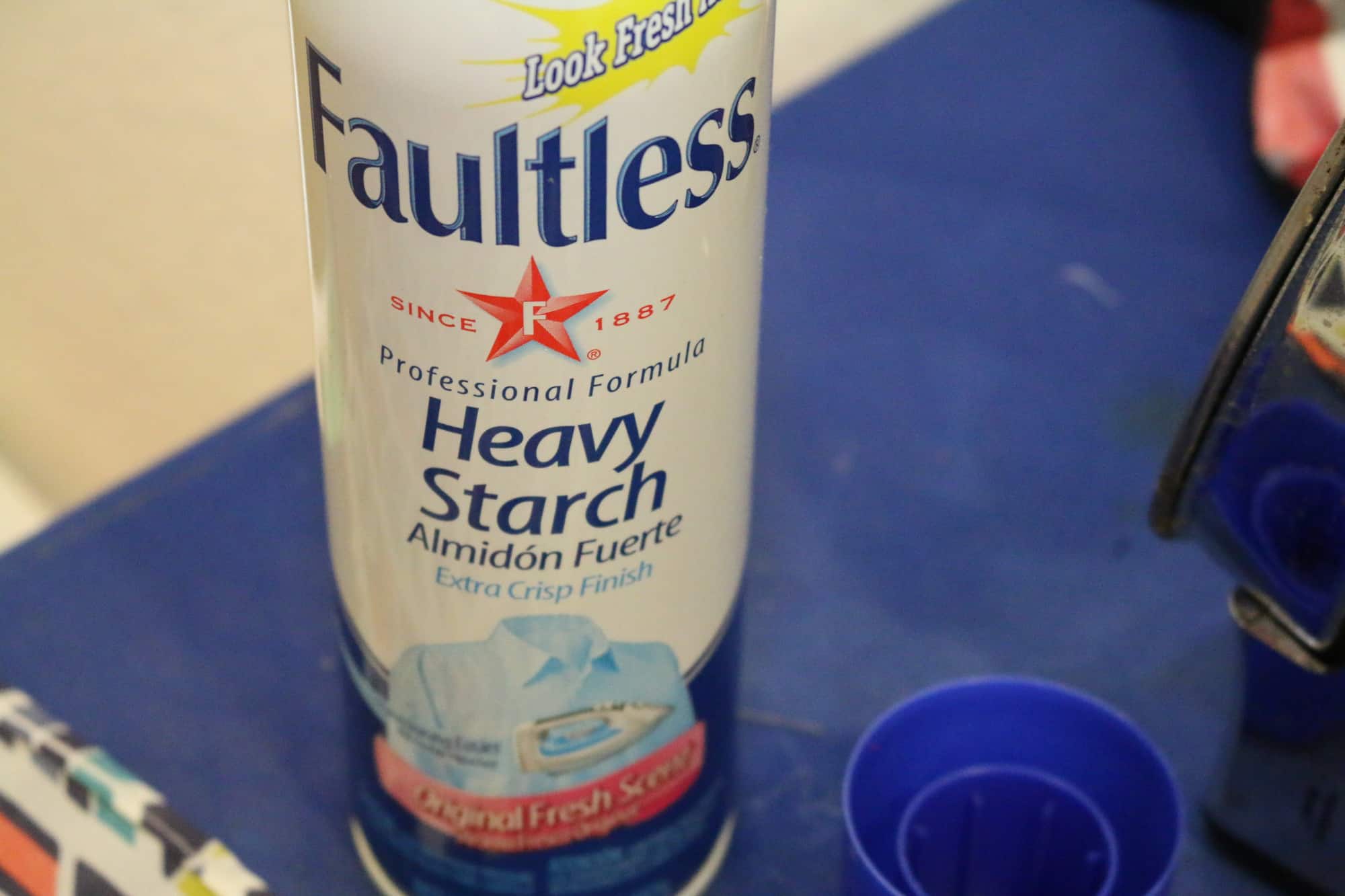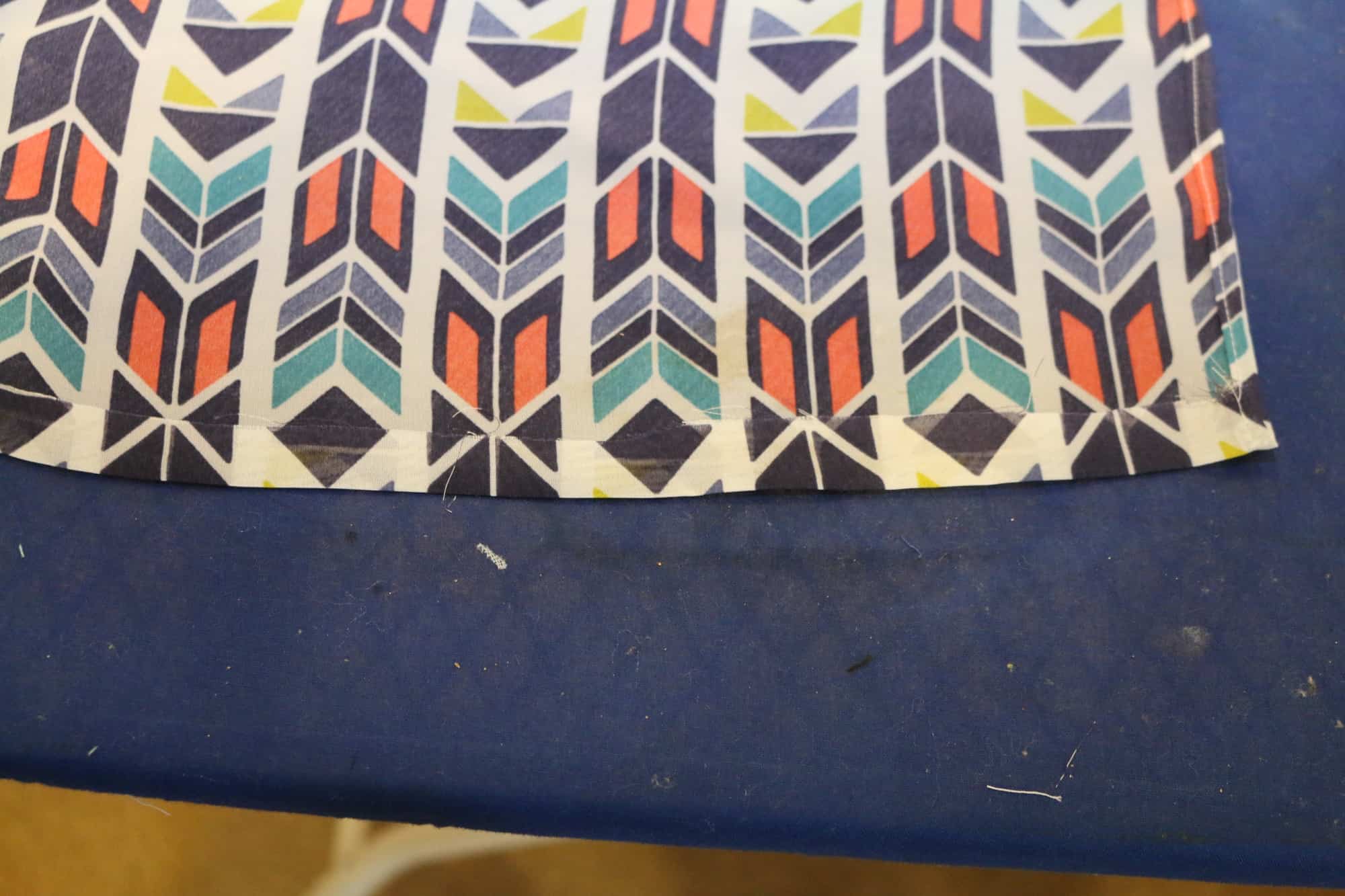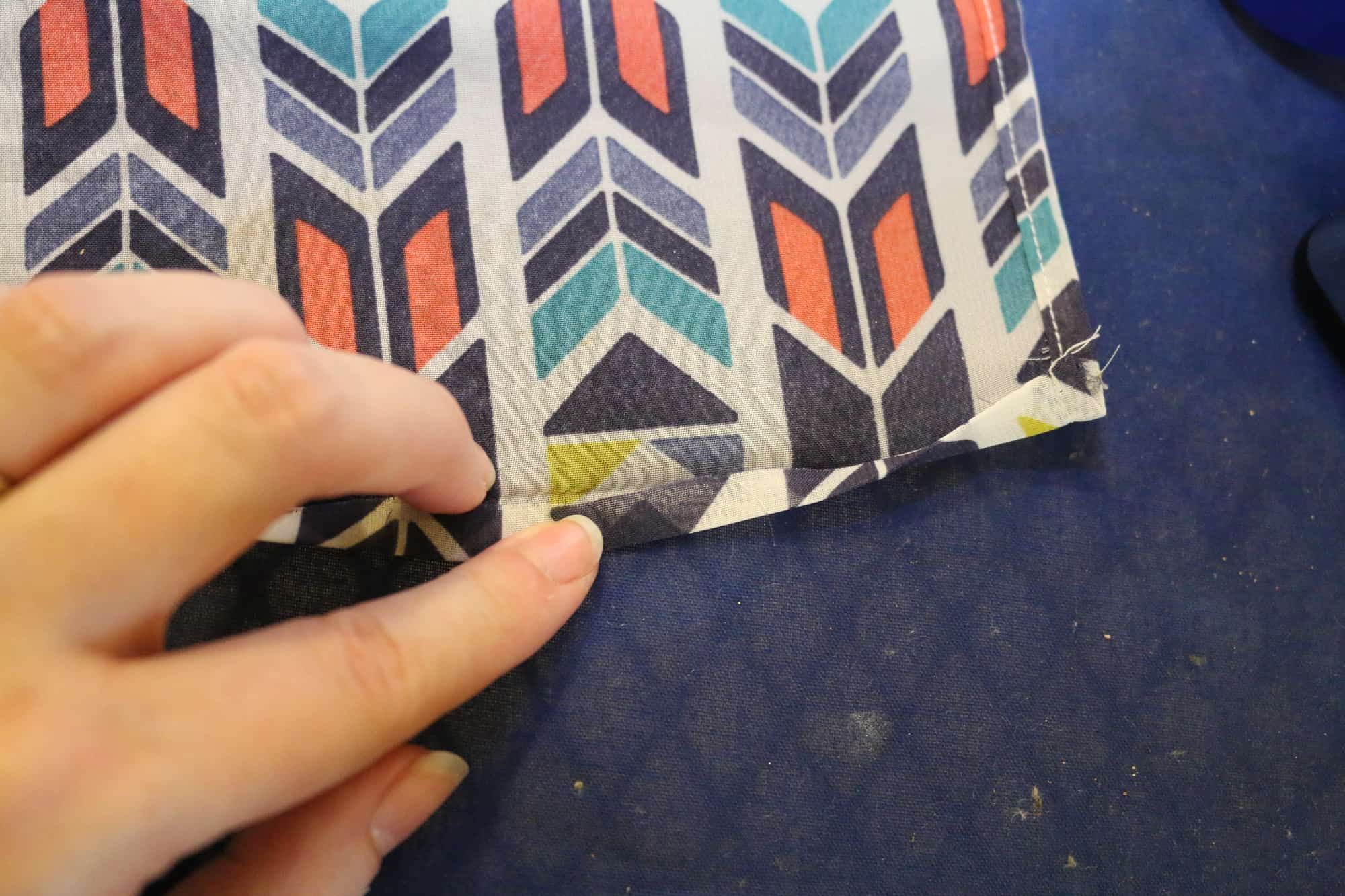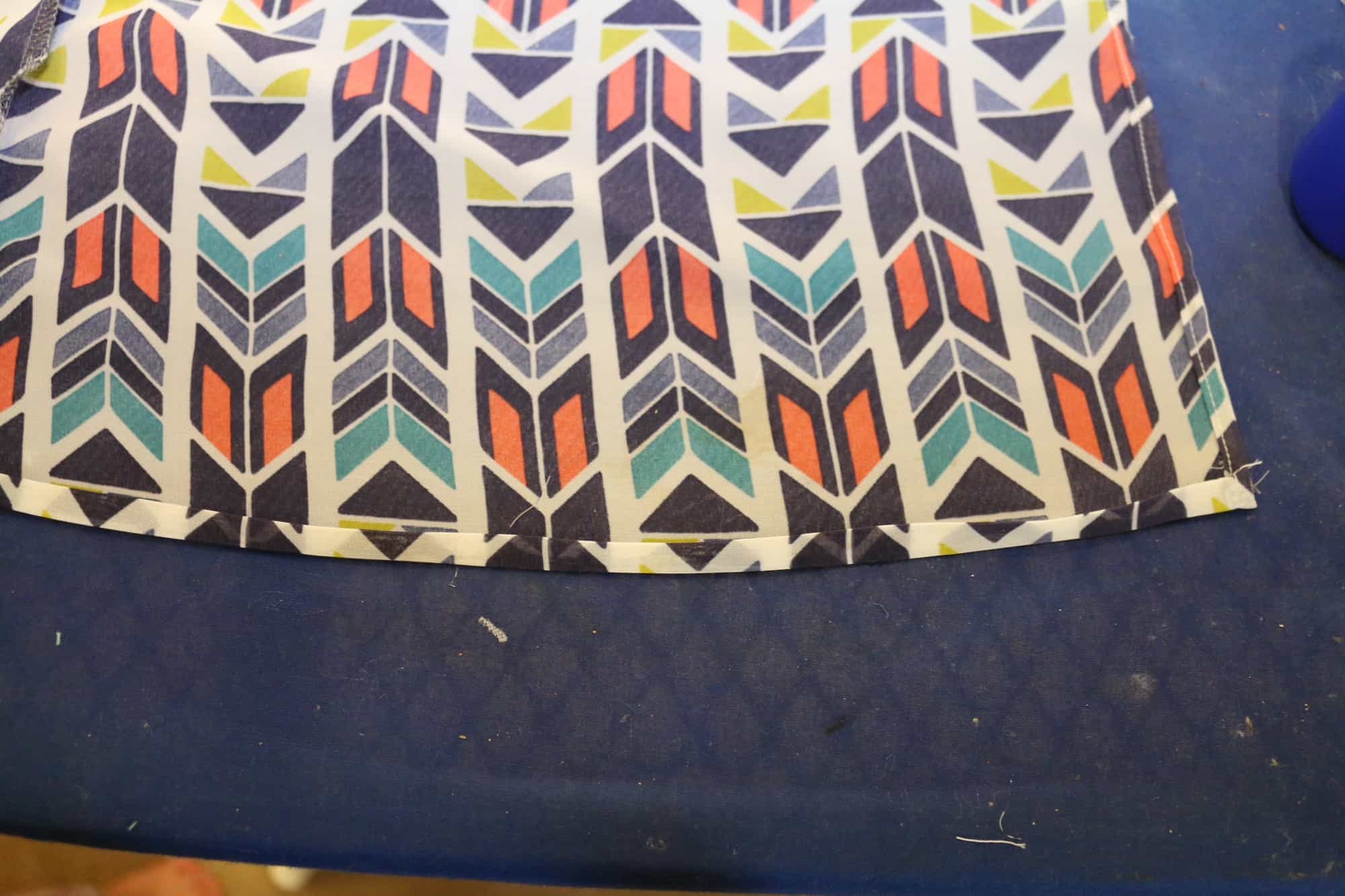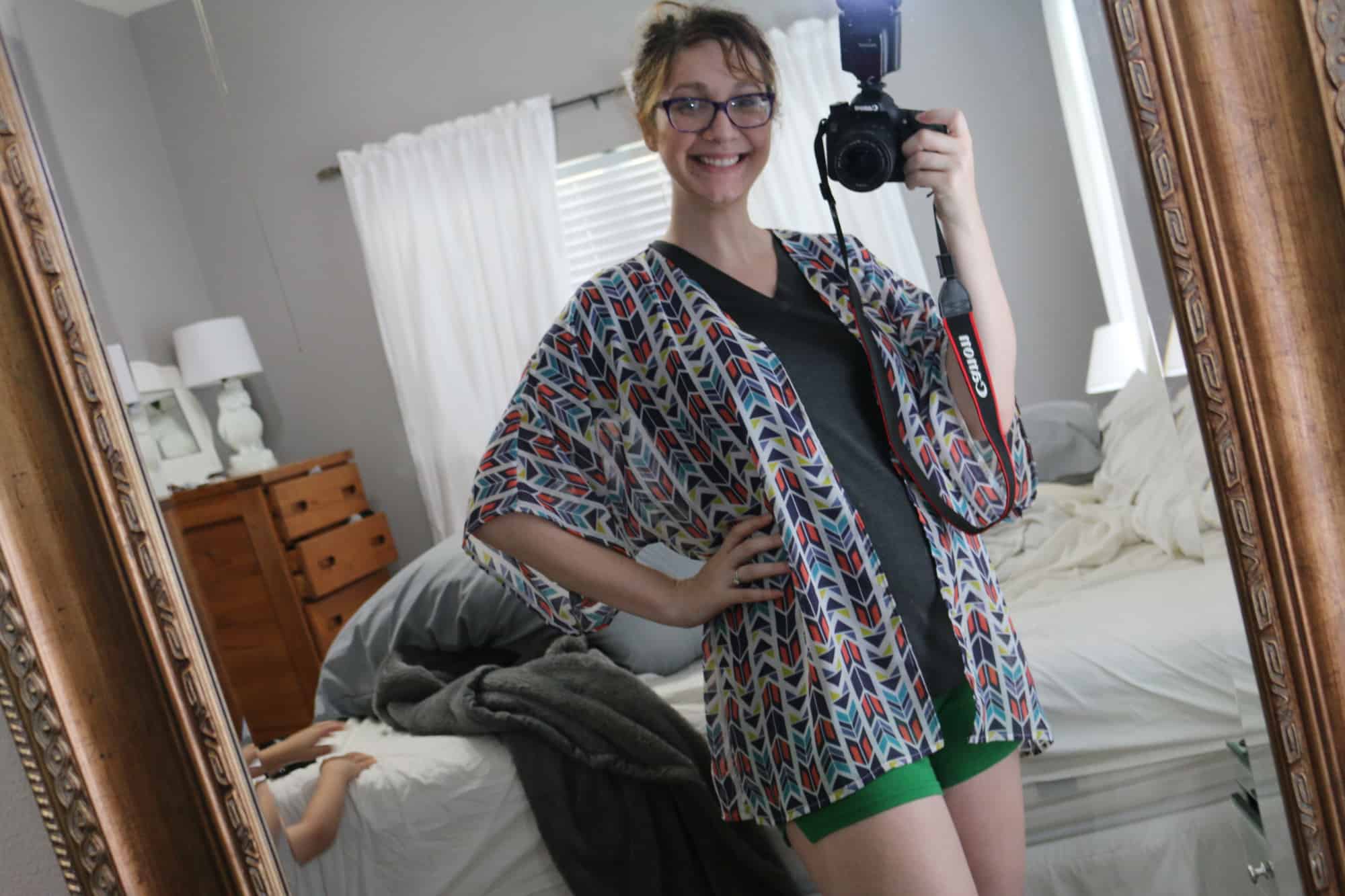Today’s post is a fun one!
We are giving you all a special guest post from a Patterns for Pirates fan, who sewed up this adorable colorblocked version of the Women’s Raglan. Ashley posted this on the P4P facebook group and we couldn’t help but want her to share it on here.
Ashley’s tutorial is specifically for the women’s raglan, to achieve the look that she has masterfully come up with. BUT, you can take information from this and colorblock anything with these techniques! (For instance, P4P’s Katy shows you how to do a curved colorblock with the women’s henley on her blog HERE.)
Without further ado, take it away Ashley!
Front Colorblock
a. Start with the Front of the Raglan Pattern. Mine is cut for the Small size. I then take a sheet of wax pattern and unroll it until it’s just about the size of the pattern piece. Trace the existing pattern onto the wax paper and decide what length and neckline you would like. In this example, you’ll see the curved hem and a modified V Neck (see step 2 for instructions on doing the V-‐Neck prior to going onto step b).
b. From the end of the arm hole measure 2.5 inches Draw a line straight across the pattern piece (shown as the green line in Figure 1). . Then measure ¼ of an inch down from that line and draw another line. ( Shown as the blue line on Figure 1. Here you are adding on ¼ seam allowance for when you add your stripe pieces).
c. Cut on the pattern on the 2 ¾ line (blue). Continue with cutting the rest of the pattern. Make sure you make all of the original marks like fold lines and notches so that you can line up the pattern correctly. I also label what each piece is so that I don’t get confused later on. d. FT = Front Top, FB= Front bottom.
V-‐Neck adjustment
a. I personally don’t like a deep V-‐neck. So what I did on the Front is where the flat part (small pink line) is on the top of the pattern, where the front scoop (green line) and the armhole meet, I extended it to the left, approximately 1/4inch. I then eye balled it where I wanted the V to end on the middle front of the shirt and drew a diagonal line from that point to beginning of the new flat part (long pink line).
Sleeve alterations
a. Start by taking the sleeve piece and unroll two pieces of wax paper. You’ll have to tape them together in order for it to be wide enough.
b. Trace the outline of the existing sleeve.
c. Measure 2.5 inches down from the left shoulder seam that will eventually meet the front seam ( green line). In my example it’s the short sleeve line for the red dots line on the original pattern.
d. Measure ¼ inch from the green line and draw a straight line across the pattern (blue line). Again here we are just adding a seam allowance. In my example it’s the short sleeve line for the red dot dash on the original pattern.
e. RT= Right Top
f. I then used the existing solid red short sleeve line for where I wanted my stripe to end. I drew a line across there (green) and also ¼ of an inch down from there (blue). The middle piece with the seam allowances added is equal to 2.5 inches wide, which when sewn, will give you an ending piece of 2 inches.
g. Now that we have the top and bottom sections of the arm we need to do the middle part with the stripe. What I did to make things easier was draw lines across in the middle of the middle sections and shaded it in so that I could see how wide the stripe was going to end up being on the finished product. (See photo)
h. After I was happy with it I cut the pattern on the GREEN line of the RT and the BLUE line of the RB. Now here’s the tricky part. If you were to just cut out that piece you would end up with a middle piece that’s too small and therefore our sleeve length will be short. I took the RM in the wax paper and taped it onto two pieces of computer paper. I then measured ¼ inch on the top and ¼ inch from the bottom. I extended the lines out in order to make the total width of the RM 2.5 inches.
i. For the stripe in the middle of RM I measured the shaded in part of it and then traced the measurements onto a piece of computer paper so that I had a hard copy and not just the wax paper.
Cutting
a. Whew! The hard part is over. Now would be a good time to eat a donut or whatever your favorite snack is because you just made it through the hardest part of the hack (in my opinion.)
b. Now that you have all of your pieces you need to decide what color you want the top and bottom parts of the front. In my example the top is plaid and the bottom is black. I then took all the parts for plaid, FT, RT, RB, & stripe and made those into a pile. Then FB, RM, and Back in another pile for black.
c. When you lay out your pattern pieces make sure that if it needs to be on a fold, like the FT, FB, or back that you put it on a fold. For all of the sleeve pieces I just doubled up my fabric so that I end up with a Right and a Left once cut instead of mirroring (too much work).
d. I added about 1.5 inches to the bottom of RB also so that I could hem the sleeves. You do not need to add as much as I do it’s your preference. You can do anywhere from .5 inch to 1.5 here because we aren’t attaching cuffs.
e. The only thing you need to remember with cutting FB is that you need to measure up ¼ inch in order to account for the seam allowance when you sew them together. All of my seam allowances are ¼ inch until you sew the side seams and sleeve seams. Those you would do your normal ½ inch.
f. You also want to cut out your RM pieces. Those do not require a fold.
g. Once you have everything cut out, keep the pattern pieces for the sleeves pinned so that it’s easier to put all the left and right pieces together.
Sewing machine/Serger time!!!
a. Time to put this shirt together. The first thing I always do is my hems, so that they are out of the way. You can do them however you want but I find it easiest to iron first, then use hem tape, and finish with a straight top stitch. I avoid zigzag stitches at all costs just because that’s the easiest way for me to tell between a store bought and homemade shirt. Personal preference only.
b. Now that the shirt hems and sleeve hems are finished let’s start with the easier pieces. Take TF and BF with right sides together and sew at the seam. Always remember rights to rights.
c. I serge everything when it comes to apparel so when that is finished I press the seam and top stitch so that it lays nicely when you wear it. This is optional.
d. Now it’s time to do the sleeves. I took a strip of Heat N’ Bond Lite (or Wonder Under) and with the wrong side of the stripe on the sticky side, iron on the Heat N’ Bond. Let cool and then peel off paper backing. Then line up in the middle of MR and press to adhere to MR. Top stitch or zigzag around edges in order to secure (optional).
e. Line up TR bottom edge with MR top edges, rights to rights, and sew. Open seam, press, and top stitch
f. Line up MR bottom and BR top edges, rights to rights, and sew. Open seam, press, and top stitch. Repeat with Left sleeve pieces.
You are in the home stretch.
Now all that’s left is to follow the same steps you would take with any other raglan. Attach the sleeves to the front and back panels and then sew sleeve seams and side seams.
The VNeck I treated similar to any other neckband except I didn’t start with a loop nor did I measure it out beforehand. I just cut a strip about 1.5 inches wide, folded in half, and press, then starting at the V in the front attach like you would binding on a quilt or other necklines.
I hope everyone enjoys this new colorblock design and if anyone has any questions I’d be happy to help out or explain something!
***Next time I think I’ll just make the MR and Stripe one piece similar to the elbow patch instead of spending so much time sewing each piece of the sleeve together and topstitching. That way you could cut full sleeve pieces and then attach the MR/ML with Heat N’Bond and zigzag stitch down.































 Next, I cut a small rectangle of interfacing.
Next, I cut a small rectangle of interfacing.


 Next, I marked my buttonholes. I did about 1/2″ from the center for each. I choose a smaller button so that my holes weren’t too big (I hate when I tie a drawstring and the holes gap open!).
Next, I marked my buttonholes. I did about 1/2″ from the center for each. I choose a smaller button so that my holes weren’t too big (I hate when I tie a drawstring and the holes gap open!).
 You will need to use a knit button hole. Here is what mine looks like on my machine. The zigzag sides let the knit stretch without popping the threads.
You will need to use a knit button hole. Here is what mine looks like on my machine. The zigzag sides let the knit stretch without popping the threads.
 Now just sew up your pants exactly as the pattern tutorial instructs. The only thing to consider is to make sure you’re placing your button holes correctly when attaching the waistband to the pants. After they’re all sewn up, you can put your drawstring through your button holes and around the waistband. I always use a safety pin to help guide it through.
Now just sew up your pants exactly as the pattern tutorial instructs. The only thing to consider is to make sure you’re placing your button holes correctly when attaching the waistband to the pants. After they’re all sewn up, you can put your drawstring through your button holes and around the waistband. I always use a safety pin to help guide it through.
 Tada! Now you can wear your ever so comfortable, stylish sweatpants without fear they might look like you stepped out in your pjs 😉
Tada! Now you can wear your ever so comfortable, stylish sweatpants without fear they might look like you stepped out in your pjs 😉










